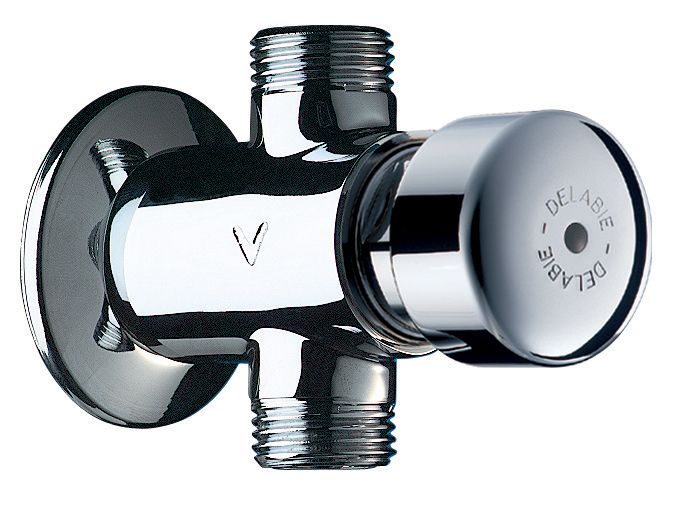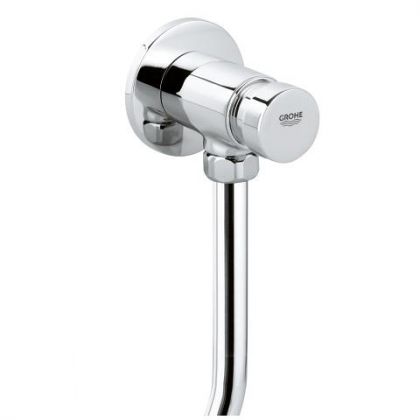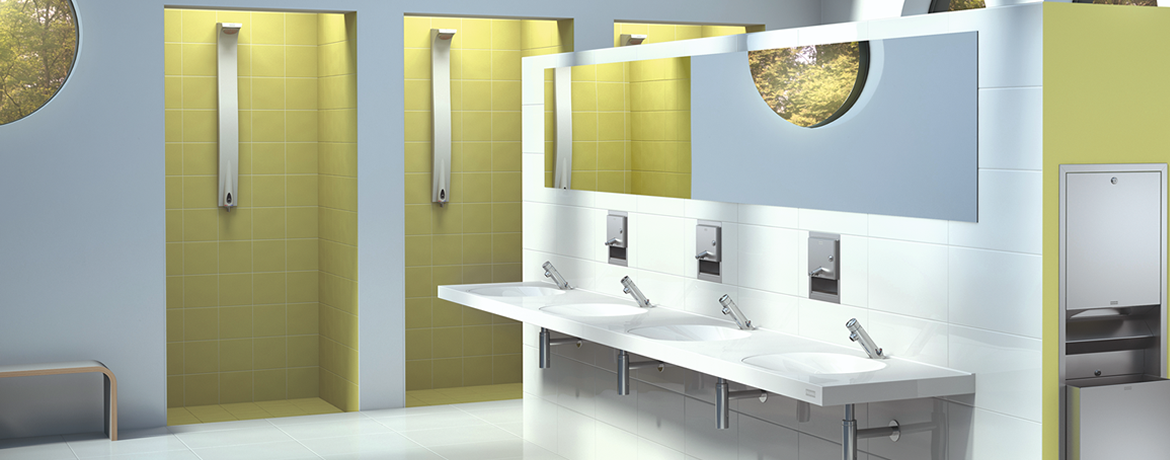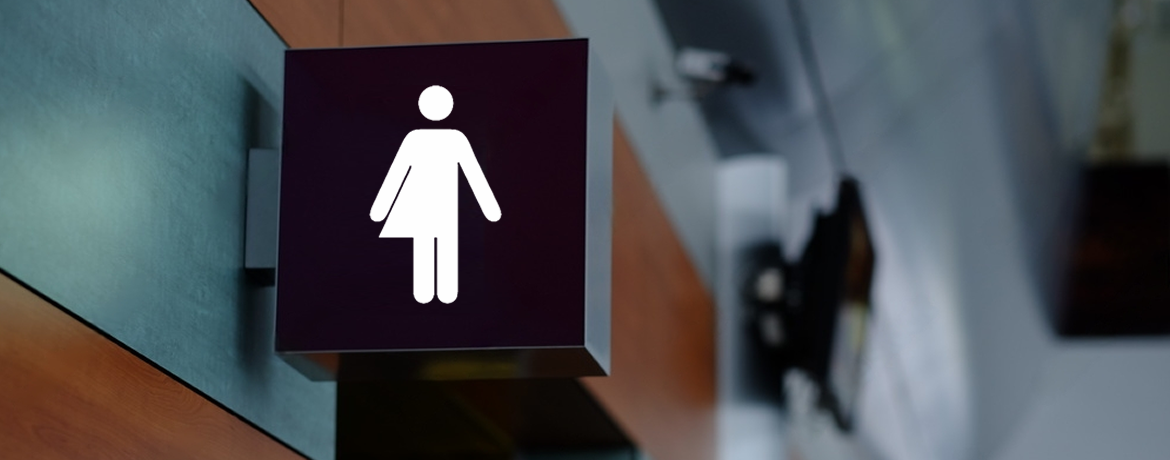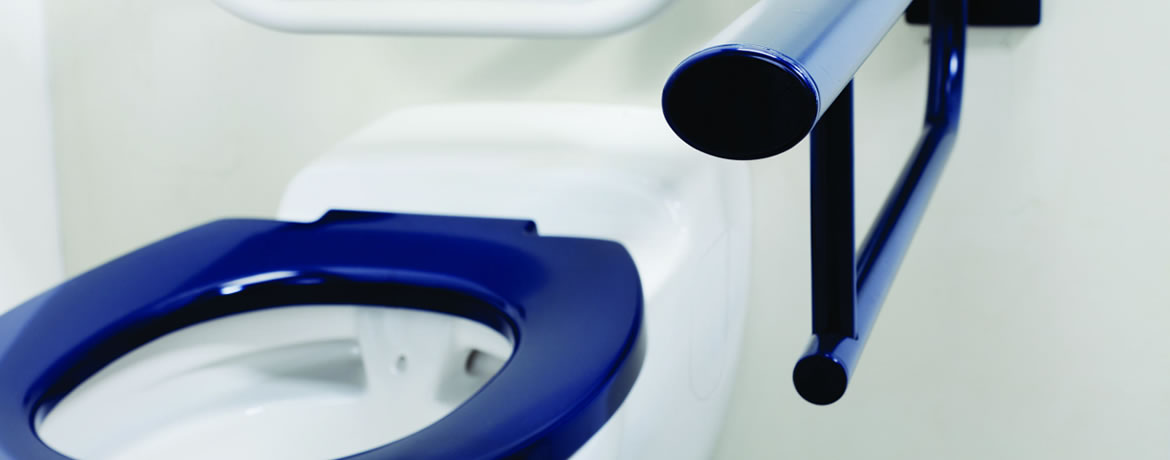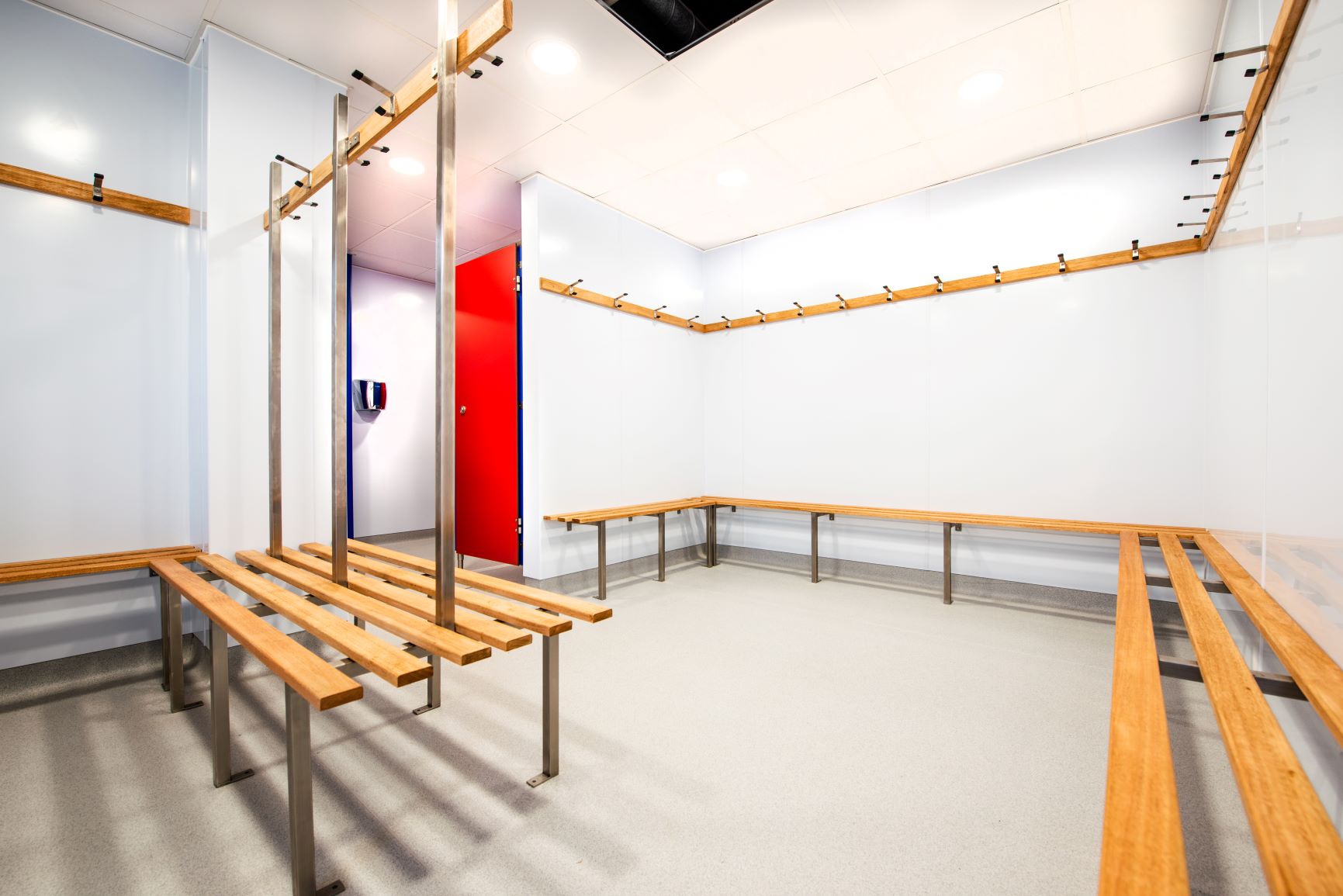How to fit urinal and shower push-button valves?
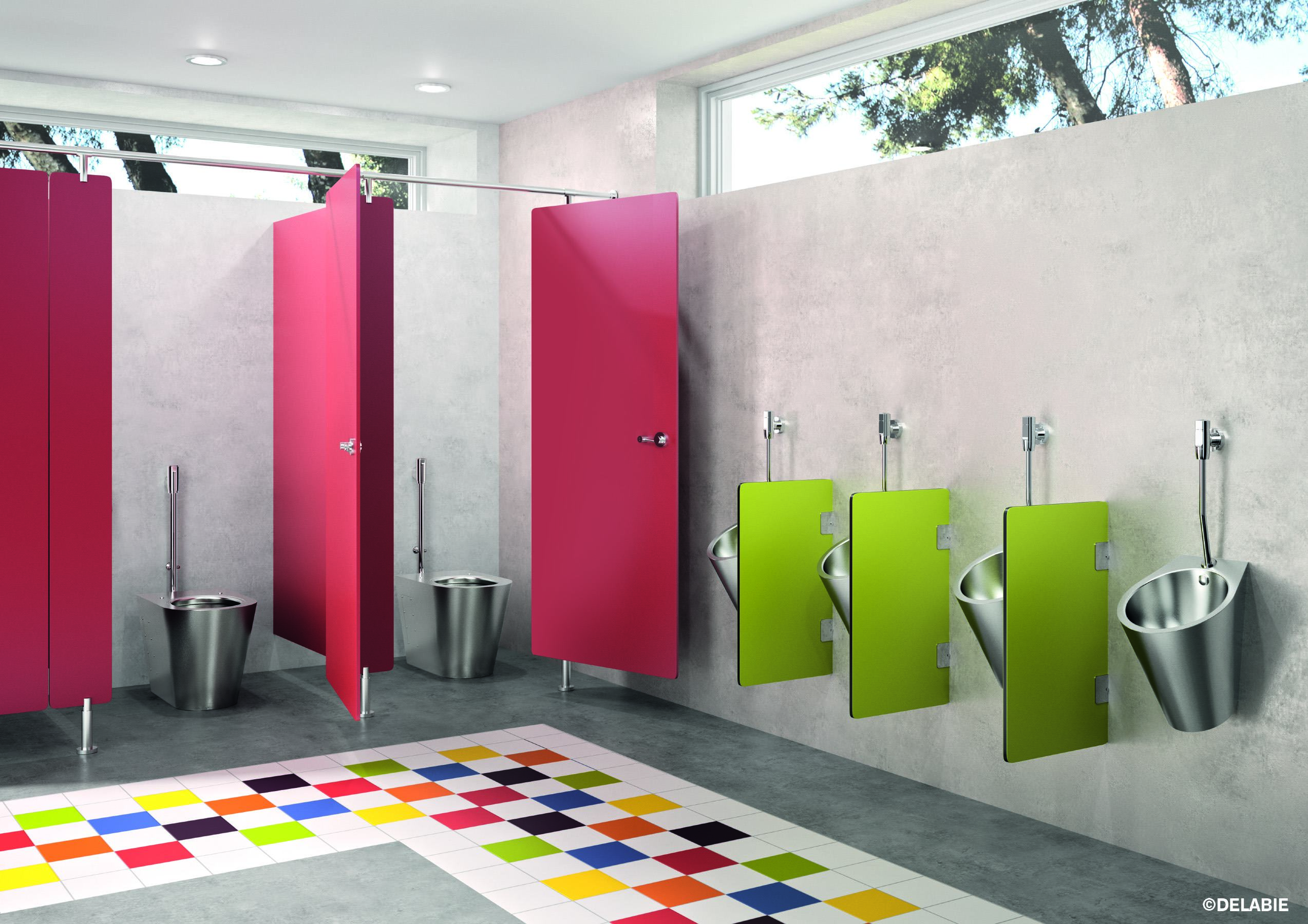
Push-button valves allow you to control the flow of water for a set period of time. Here we look at how to install push-button valves for both urinals and showers.
There are two key advantages to using push button, otherwise known as no-concussive water valves. Firstly, these valves only allow water flow for a set period of time bringing huge water savings when measured over the course of a year. When used with urinals, they also allow you to forego the timed flushes, which can often end up flushing the urinals when they haven’t even been used.
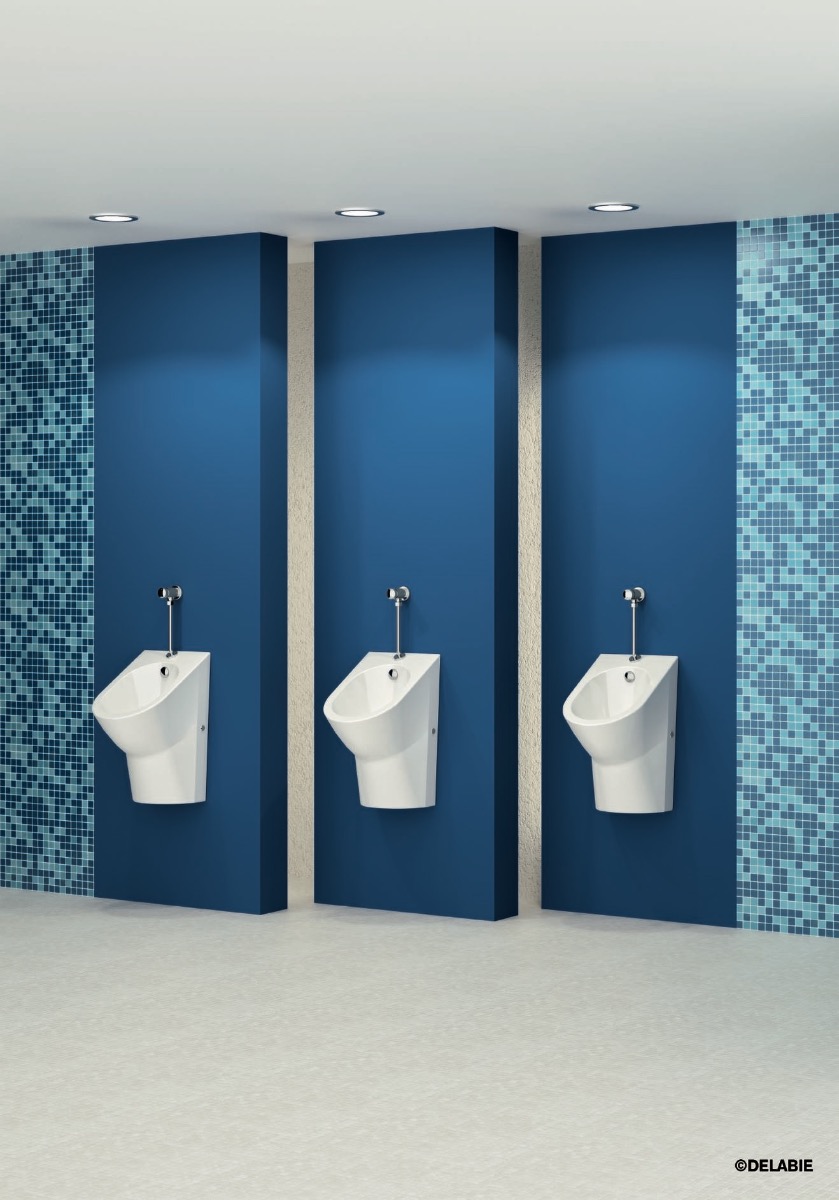
When To Use Urinal And Shower Push Button Valves.
Push-button valves have been used in commercial showers for many years. This is the perfect set-up for School and Leisure Centre changing rooms, removing the risk of showers accidentally being left running. Push-button controls are used in combination with a TMV3 valve, which ensures the water emitted from the shower is of a safe, albeit comfortably warm temperature.
For urinals the push button valve means users are able to flush the urinal after each visit, while simultaneously doing away with timed flushes. They can be used with both exposed and concealed cistern urinals as well as direct mains water fed flush systems.
In both cases, they allow site managers to control water flow more effectively without the added expense of fitting sensor activation.
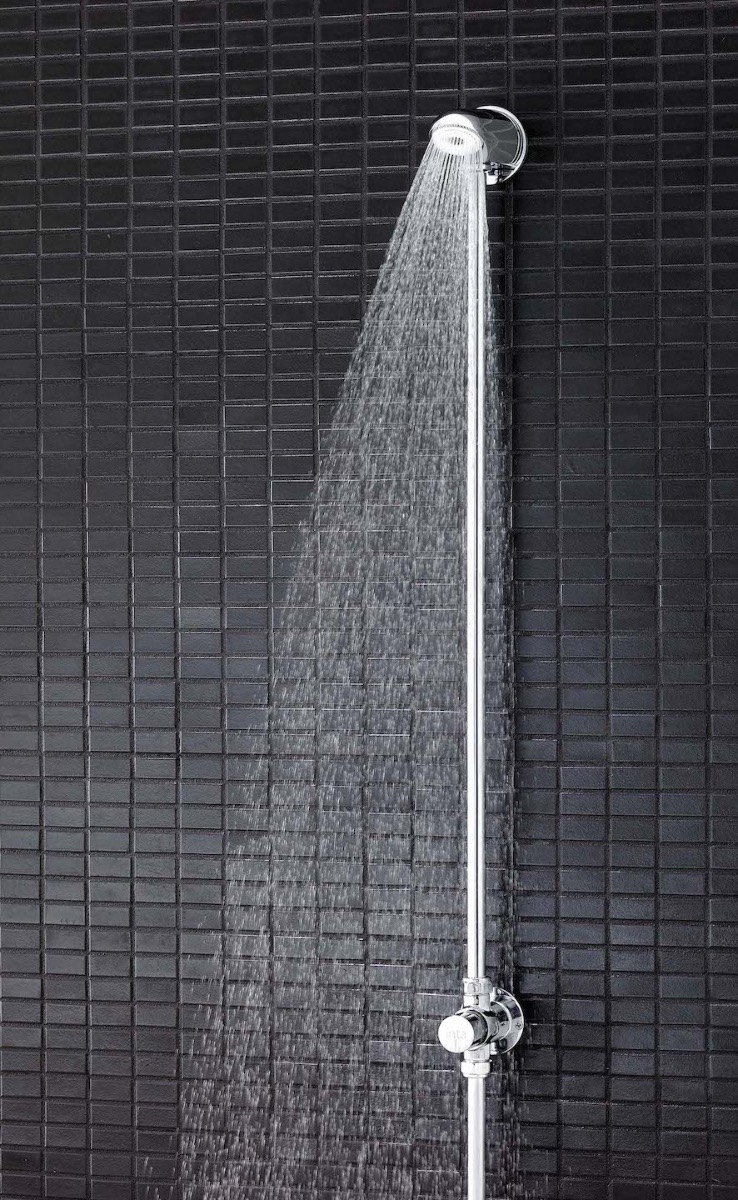
Push-flush valves for urinals and showers.
Connecting urinal push button valves, also known as non-concussive valves, often creates unnecessary confusion. This is simply because many valves have imperial 1/2 inch male threaded connections and the connecting pipework is often metric 15mm pipe.
Connecting standard 15mm (or rarely 22mm) pipework to the 1/2" threaded connection is relatively simple and is the same procedure for fitting standard taps with 1/2" connections to 15mm pipework. Usually, in the case of taps, a 1/2" to 15mm tap connector would be purchased and nothing more thought of it.
For this reason, it’s worth noting that urinal or shower push flush valves are no different to taps. Albeit they allow the water to flow through another onward pipe to a showerhead or urinal spreader, rather than to a tap spout.
Why The Imperial To Metric Bridge Exists.
The confusion has been caused by the nationwide switch to metric plumbing pipework in the mid-1970s. After this time all plumbing pipes installed in domestic or commercial properties have been 15mm, 22mm and 28mm inner diameter pipe. With 15mm usually for taps and faucets and 22mm and 28mm feeding high volume water outlets and devices such as; water tanks, boilers, baths, multi-outlets and showers. Properties built prior to this may well still have imperial pipework of 1/2", 3/4" and 1" inner diameters. To this day most taps and faucets are still manufactured to imperial sizes.
For further information please see our range of urinal flush controls and shower valves.
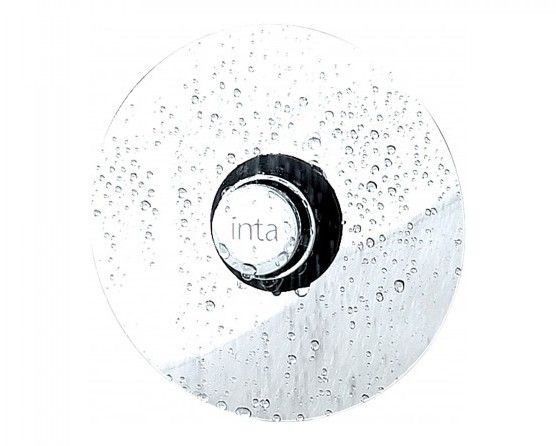
Joining Imperial Urinal Push Flush Valve and Push Flow Shower Valves to Metric Plumbing.
15mm pipe to 1/2" imperial pipe or other fittings can be joined by using a standard metric-to-imperial connector, often with a metric compression fitting piece one end and a threaded (male or female) imperial fitting on the other (for screwing on to the 1/2" terminal of the urinal push flush valve).
There are many metric-to-imperial connectors in the relevant sizes on the market. However, because the urinal push flush valve or shower flow valve has an inlet and outlet it is likely you will need two of these connectors. There are many ways to join the modern metric pipe to imperial pipe or fittings, but in the case of urinal push flush valves we will often exclusively be joining 15mm pipework to 1/2" fittings. These connectors are so common that not only are they sold in specialist plumbing stores, but also high street DIY shops too. This is because they are regularly required to fit domestic taps. Many plumbers will also have a stock of them on their vans. They are often described as a "15mm to 1/2" coupler" or even the simpler term, "tap connectors”.
We would always advise for exposed fittings for clients to use chrome-plated brass fittings, especially in the case of fitting urinal push flush valves so that the coupling appearance matches that of the pipes and valve.
Commercial Washrooms do not currently offer plumbing fittings such as metric to imperial couplings for fitting shower push valves or urinal push flush valves. The sizes required should always be confirmed by a plumber who has the benefit of inspecting the site prior to installation.
MORE TO EXPLORE IN Related Posts
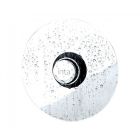
Inta Push Button Concealed Shower Control

Bristan Concealed Flow Control for Showers or Urinals Push Valve

Delabie Urinal Push Button Flush Valve Kit

Delabie Tempostop 1/2” Urinal Push Flush Valve

